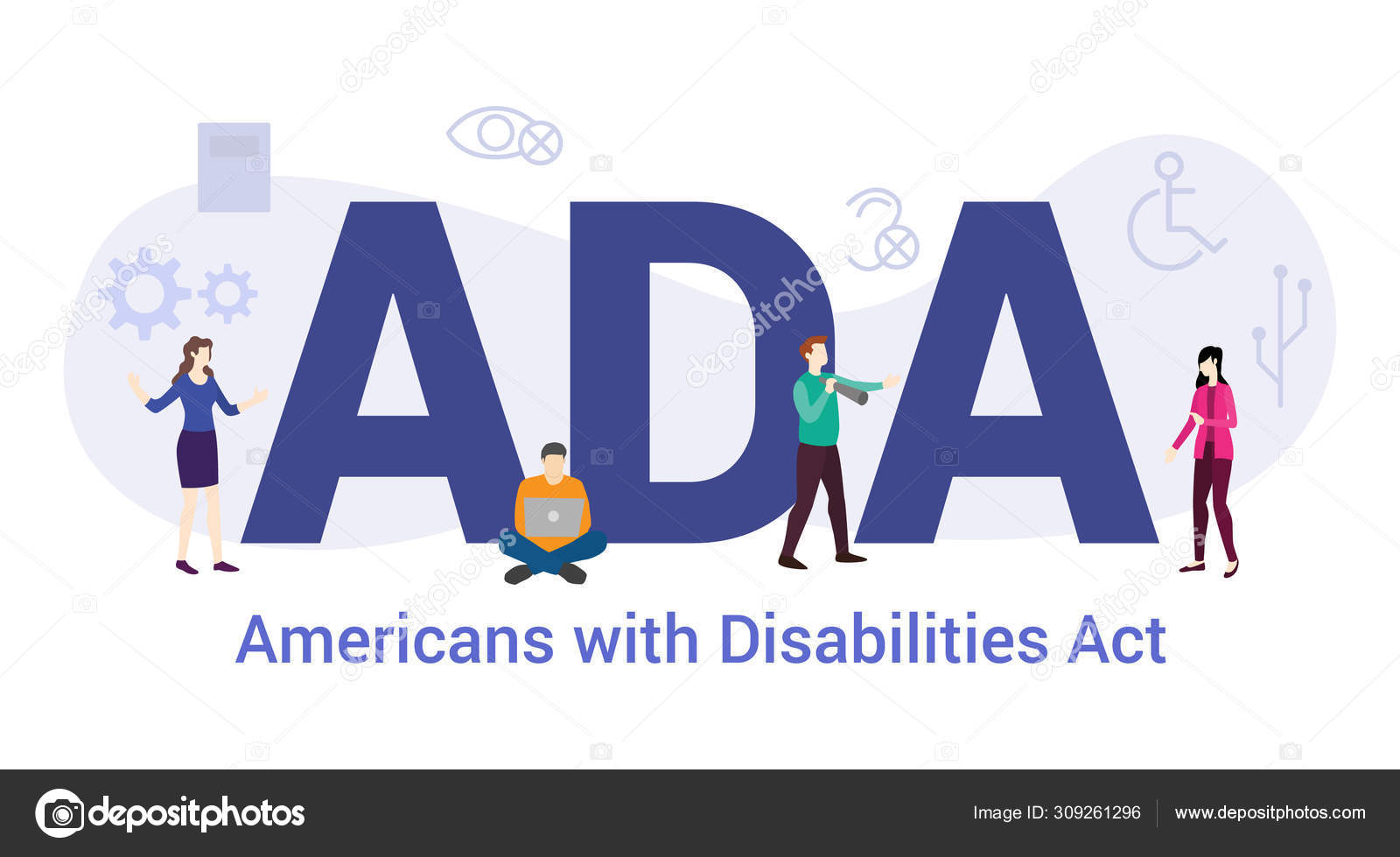ADA Compliant Bathroom Countertop Materials

ADA compliant bathroom countertops play a crucial role in creating accessible and safe bathroom environments. These countertops must meet specific requirements regarding height, reach, and material properties to ensure ease of use and accessibility for individuals with disabilities.
Countertop Material Properties
The choice of countertop material is essential for ADA compliant bathrooms. It should possess specific properties that enhance functionality, durability, and ease of maintenance.
- Durability: ADA compliant countertops should be durable enough to withstand daily wear and tear, resisting scratches, dents, and impacts. This ensures longevity and maintains the countertop’s aesthetic appeal over time.
- Moisture and Stain Resistance: Bathrooms are prone to moisture and spills. The countertop material should be resistant to water damage and staining, preventing discoloration and maintaining its hygiene.
- Ease of Cleaning: ADA compliant countertops should be easy to clean and maintain. Smooth, non-porous surfaces are ideal for preventing dirt and bacteria buildup, ensuring a hygienic and safe environment.
Examples of ADA Compliant Countertop Materials
Several countertop materials commonly used in ADA compliant bathrooms offer a balance of aesthetics, durability, and accessibility.
- Solid Surface: Solid surface countertops are non-porous and made from a blend of acrylic and polyester resin. They are durable, stain-resistant, and easy to clean. Solid surface countertops are also available in various colors and patterns, allowing for customization and aesthetic appeal.
- Quartz: Quartz countertops are engineered stone composed of ground quartz crystals and resin. They are known for their durability, scratch resistance, and non-porous nature, making them ideal for high-traffic areas like bathrooms. Quartz countertops are available in a wide range of colors and patterns, mimicking the appearance of natural stone.
- Granite: Granite is a natural stone known for its durability, scratch resistance, and heat resistance. It is a popular choice for countertops due to its unique and elegant appearance. However, granite is porous and requires regular sealing to prevent staining.
- Laminate: Laminate countertops are made from layers of paper impregnated with resin. They are a cost-effective option, available in various colors and patterns. While not as durable as solid surface or quartz, laminate countertops are still suitable for ADA compliant bathrooms with proper maintenance.
Comparing and Contrasting Countertop Materials
| Material | Pros | Cons |
|---|---|---|
| Solid Surface | Durable, stain-resistant, easy to clean, customizable | Can be scratched, may be more expensive than laminate |
| Quartz | Durable, scratch-resistant, non-porous, wide range of colors and patterns | Can be expensive, may require professional installation |
| Granite | Durable, scratch-resistant, heat-resistant, unique and elegant appearance | Porous, requires regular sealing, can be expensive |
| Laminate | Cost-effective, wide range of colors and patterns | Not as durable as other materials, prone to scratches and water damage |
ADA Compliant Countertop Design Considerations

Creating an accessible bathroom for wheelchair users requires careful consideration of design elements, including the countertop. The height, shape, and features of the countertop play a crucial role in ensuring ease of use and independence for individuals with mobility limitations.
Countertop Height for Wheelchair Users, Ada compliant bathroom countertops
Countertop height is a critical factor in ADA compliance. The recommended height range for accessible countertops is 28 to 34 inches, measured from the finished floor to the top of the countertop. This range allows wheelchair users to comfortably reach the sink and perform tasks without straining. It is crucial to ensure proper clearance beneath the countertop, typically a minimum of 27 inches, to accommodate a wheelchair’s turning radius and allow for easy maneuvering.
Design Features that Enhance Accessibility
Several design features can enhance the accessibility of bathroom countertops for wheelchair users:
- Rounded Edges: Rounded edges prevent sharp corners that can cause injuries. They also provide a smoother transition for wheelchair users, making it easier to move around the countertop.
- Contrasting Colors: Using contrasting colors between the countertop and the sink bowl, or the countertop and the wall, helps visually impaired individuals identify the sink and its features more easily.
- Non-Slip Surfaces: Non-slip surfaces on the countertop provide a secure grip, preventing accidents and falls, especially when hands are wet.
- Open Storage: Open storage beneath the countertop allows wheelchair users to access items without needing to reach or bend over excessively.
- Accessible Faucets: Lever-style faucets are easier to operate than traditional knob-style faucets, as they require less force and dexterity. Additionally, sensor-activated faucets offer hands-free operation, further enhancing accessibility.
Countertop Designs and ADA Guidelines
The following table presents different countertop designs and their features, highlighting those that meet ADA guidelines:
| Countertop Design | Features | ADA Compliance |
|---|---|---|
| Floating Countertop | Minimal base, providing ample legroom and wheelchair access | Yes, if the height and clearance meet ADA requirements |
| Wall-Mounted Countertop | Mounted directly to the wall, eliminating a base and offering greater accessibility | Yes, if the height and clearance meet ADA requirements |
| L-Shaped Countertop | Offers ample work surface and can be configured to accommodate wheelchair users | Yes, if the height and clearance meet ADA requirements and the L-shape allows for easy access |
| Corner Countertop | Utilizes space efficiently, but may require careful placement to ensure wheelchair access | May be ADA compliant, depending on the placement and dimensions |
ADA Compliant Bathroom Countertop Installation: Ada Compliant Bathroom Countertops

Installing ADA compliant bathroom countertops requires meticulous planning and execution to ensure accessibility, safety, and durability. Proper measurements, secure support, and appropriate installation techniques are crucial for creating a functional and compliant countertop.
Challenges and Solutions in ADA Compliant Countertop Installation
Installing ADA compliant countertops in existing bathrooms can present unique challenges, particularly when working with existing plumbing and ensuring structural integrity.
- Existing Plumbing: Integrating new countertops with existing plumbing fixtures requires careful planning and coordination. Modifications to plumbing lines, drain locations, or fixture heights might be necessary to accommodate the new countertop design and ADA requirements. Working with a qualified plumber is essential to ensure safe and compliant plumbing connections.
- Structural Integrity: The countertop must be securely supported and anchored to the underlying structure. Existing walls or cabinets may need reinforcement to support the weight of the countertop, especially if it is made of heavy materials. A structural engineer may be required to assess the existing structure and recommend necessary reinforcements.
- Accessibility Features: Integrating accessibility features, such as grab bars or roll-in shower access, requires careful planning and coordination during the installation process. The placement and installation of these features must comply with ADA guidelines and be seamlessly integrated with the countertop design.
Step-by-Step Guide for Installing ADA Compliant Countertops
Here is a step-by-step guide for installing ADA compliant countertops, incorporating best practices and safety considerations:
- Preparation:
- Clear the area around the countertop installation site, removing any obstructions or fixtures that may interfere with the installation process.
- Ensure adequate lighting and ventilation in the work area.
- Protect the surrounding surfaces from damage using drop cloths or masking tape.
- Measurements and Template:
- Take precise measurements of the countertop area, considering the location of existing plumbing fixtures, sink, and other features.
- Create a template using cardboard or plywood to accurately represent the countertop shape and dimensions.
- Verify that the template fits perfectly within the designated space and accommodates any necessary accessibility features.
- Countertop Support:
- Ensure adequate support for the countertop by installing sturdy cabinets or a supporting framework.
- The support structure should be level and plumb, providing a solid foundation for the countertop.
- Consider using adjustable supports to compensate for any unevenness in the floor or walls.
- Countertop Installation:
- Carefully position the countertop onto the support structure, aligning it with the template and ensuring proper fit.
- Secure the countertop to the support structure using appropriate fasteners, such as screws, bolts, or epoxy adhesive.
- Ensure that the fasteners are long enough to penetrate the countertop and the support structure adequately.
- Plumbing Connections:
- Connect the sink drain and water supply lines to the countertop plumbing fixtures.
- Use plumber’s tape on threaded connections to prevent leaks.
- Test all connections for leaks before proceeding with the next step.
- Finishing Touches:
- Caulk around the edges of the countertop to seal any gaps and prevent water damage.
- Clean the countertop surface thoroughly to remove any debris or residue from the installation process.
- Install any additional accessories, such as soap dispensers or towel bars, ensuring they are securely attached and meet ADA guidelines.
